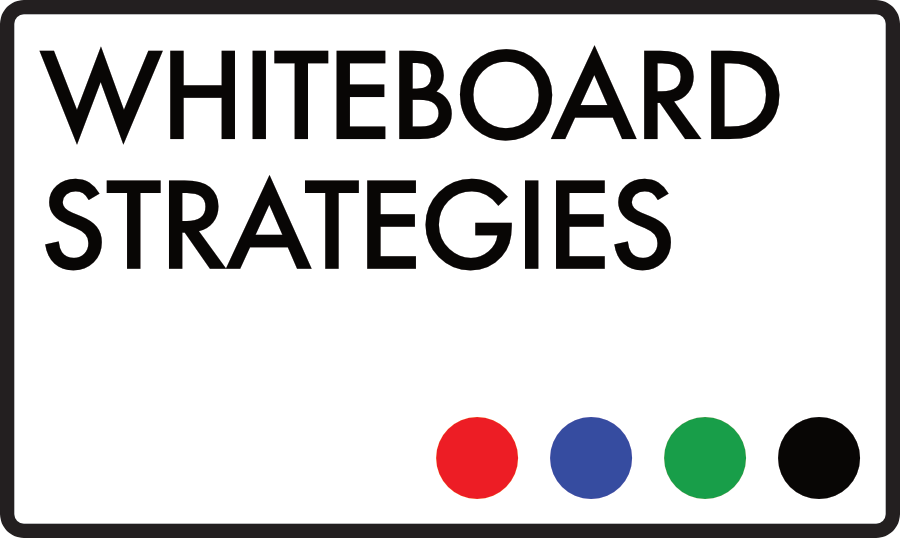There are sales people, and there are sales people. For example, I often end up talking about the blue suit, white shirt, red tie salesman in my presentations and training. He drives a BMW – nothing too flashy, maybe a nice three series – has a Labrador and a motorbike that he paid too much for and only takes out for spins at the weekend. He’s a construct – a pretty accurate one – to represent the average person working in corporate sales. We all know him – we all work in offices full of him day in, day out.
But like I said before, there are sales people and there are sales people. 80% of the world’s sales force is probably made up of blue suit, white shirt, red tie guys and girls. The other 20% is made up of another typical sales person – and a much more interesting one…
I call them rockstars. They are typically (but certainly not exclusively) male, they are typically (though not exclusively) high achievers, and they are typically born sales people.
They are confident, assertive, and domineering – great traits for a sales person. It also lends them an air of a peacock – they dress snappy, match their pocket squares to their ties, get their suits made so they can have that custom stitching on the buttonhole. They’re often almost as charming as they think they are. You know the type.
All of this sounds like I’m going to say that I’m anti-rockstars. That’s not the case at all. I read some research which says that a thin band of high achievers actually brings in over 50% of all sales revenue. Rockstars get results – like I said, they are often born to sell.
So that’s great. You have a morale-boosting, energetic and characterful set of livewires topping up the world wide population of blue suit, white shirt, red tie sales people. And what’s more, they deliver when it comes to conversion.
Which is great. Mostly.
But here’s the thing. This week I read an article that cited University of Miami research into the cross-sector phenomena that is rockstar sales people. This research found that the precise qualities that enable rockstars to be the highest achieving of all sales people – charisma, confidence, self belief and a touch of swagger – are pivotal on more fronts that just interactions with prospects and clients.
Essentially, rockstars are using those same qualities to manipulate the organisations that they work for in order to further their individual success. They are able – whether deliberately or otherwise – through charm, persuasive-ness, and confidence, to command more than their proportional share of resources (time, budget, assistance).
This isn’t solely a negative, since the continued individual success of the rockstar obviously contributes to the continued success of your organisation.
But it is a potential negative. Firstly, it perpetuates the distinction between the average sales person and the rockstars. This can make management of a sales team hard, breed resentment and reduce the possibility of old hands or new hires eventually stepping into the rockstar role.
Secondly, if the numbers aren’t adding up the right way it is a definite negative.
As with everything in sales, bottom line is key. Start with structuring your sales cycle to include a ‘total cost of sale’ calculation. This should take into account man hours, resources and budget allocations, as balanced off against the cost of the sale.
From there, your organisation will be able to best decide their own course of action. If your rockstars make up 15% of your sales force, bring in 45% of your sales revenue and only use 25% of your resources – i.e. an amount disproportionate to their number but not their results – you may well want to leave things as they are. Managed properly, having a couple of figure head sales people can be great for morale, and make good business sense.
On the other hand, if the numbers aren’t lining up so favourably you may need to consider putting more effective resource limitations and checks in place. These may include individual resource allocations, or the need for management approval of all budgetary or workforce commitments.
Like so much in this industry, how useful and effective your rockstars are is a question of proper management, proper accountability, and a keen eye on the numbers. Make your rockstars figures that your sales force can look up to, support their natural selling instincts, but don’t treat them favourably to the detriment of the rest of your team.
Make sure you’re giving everyone the tools they need to succeed – even the blue suit, white shirt, red tie sales people. You’ll see the improvement if you do.

Recent Comments